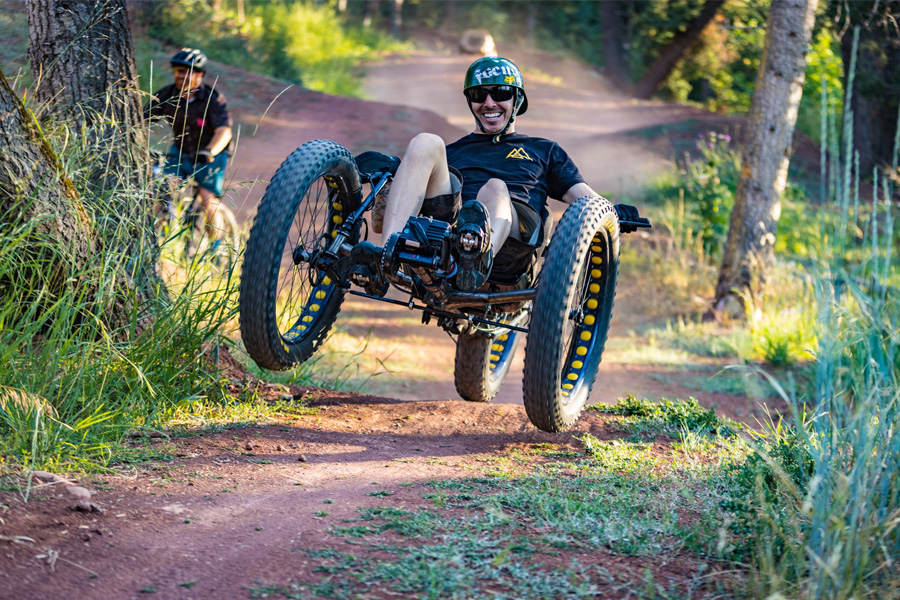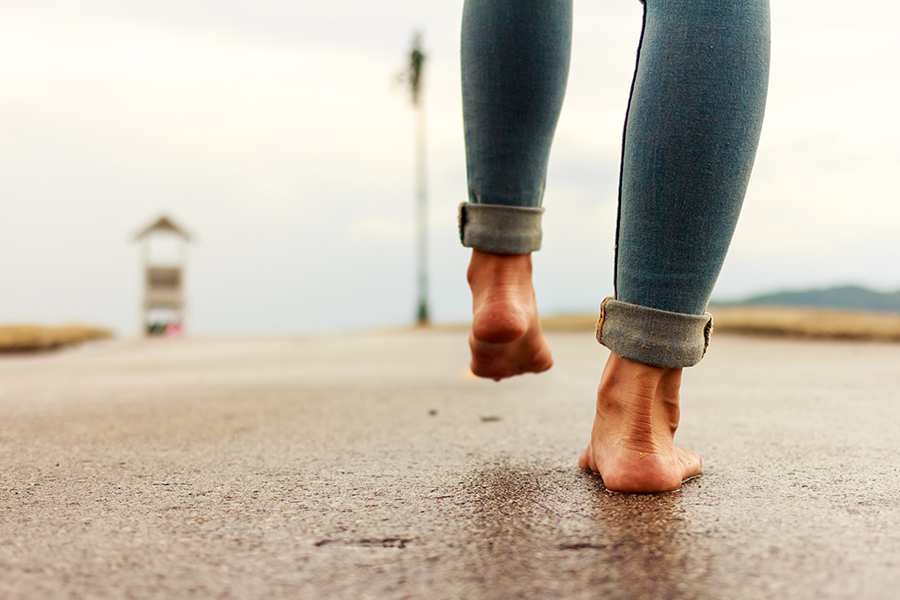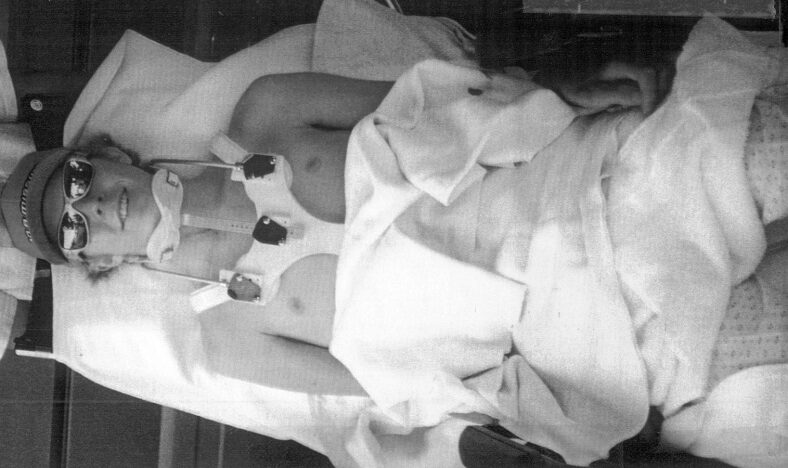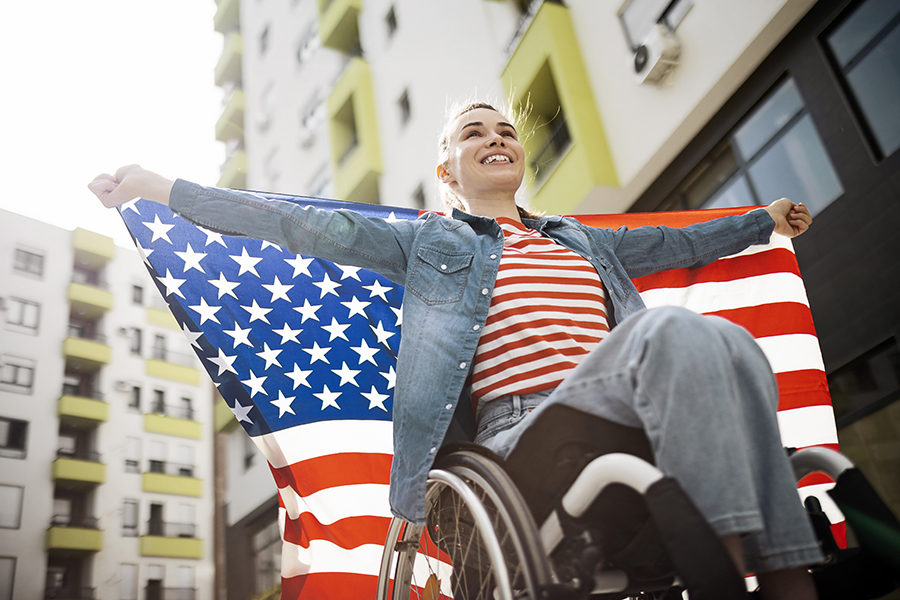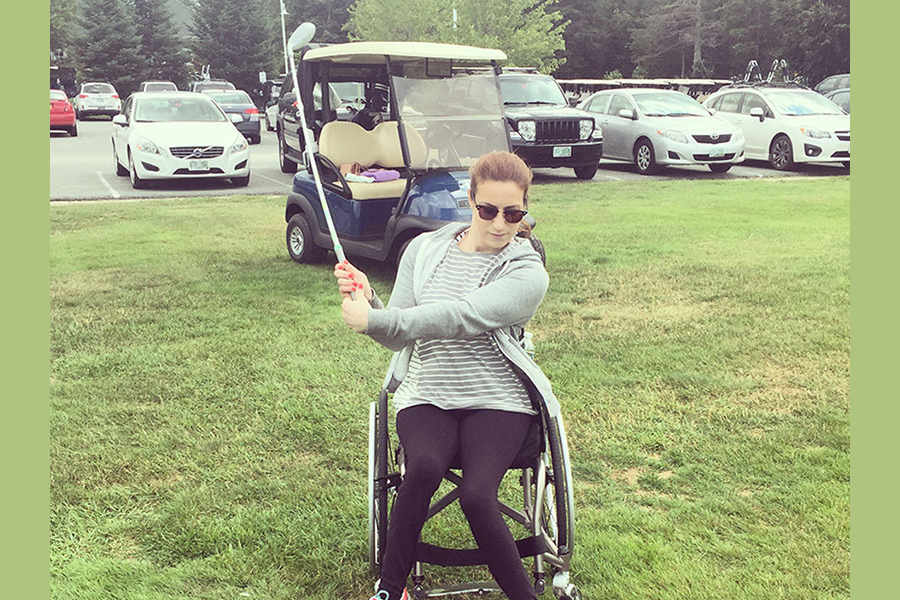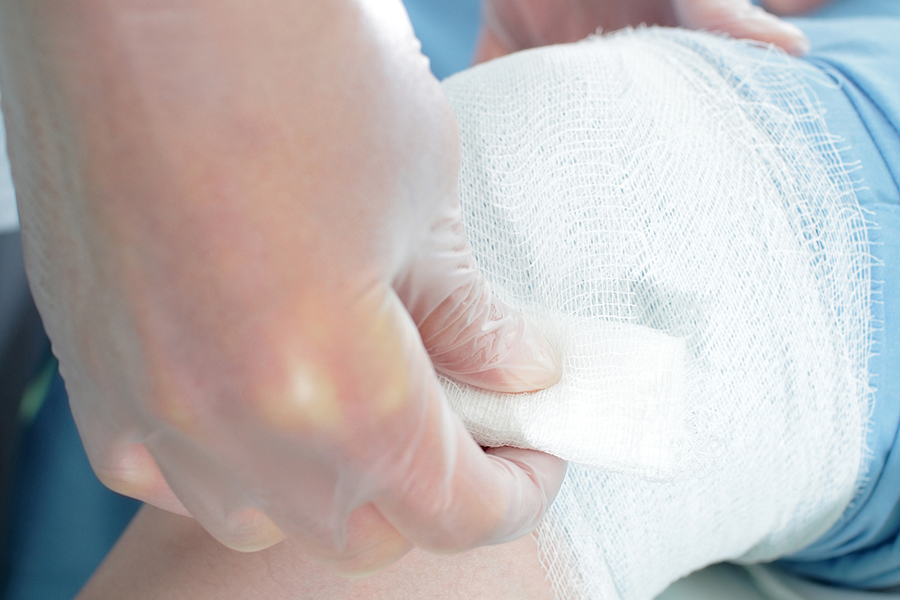I have always enjoyed a soothing shower or bath. It used to be such an easy, simple pleasure that I took for granted. Now, I value it as a luxury. After my spinal cord injury, the task of bathing became more of a production than a pleasure. My initial needs were a large, roll-in shower, a reclinable, water-proof gurney bed and a nurse or aide to bathe every inch of me. My self-care was nonexistent at the time, I had zero control. These limitations pained me every time it was bath-time.
Once I surrendered to the sponge bath, I began to enjoy the spa qualities of bathing. As my strength slowly returned, so too did my ability to bathe independently. I use slightly adapted amenities that make the bath, once again, a serene pleasure for me.
Accessibility
The bathroom is definitely one of the most challenging rooms to get around in with a wheelchair. Having an accessible bathroom makes all the difference! There are many ways to modify the bathroom to make the shower, sink and toilet more accessible. The options you have to modify your bathroom are limited by your budget and space.
Depending on your level of injury and function you may require either a roll-in-shower and Shower Buddy or a removable shower bench/commode. Either way, I recommend having multiple grab bars for support.
My home has two bathrooms with accessible showers that I can use. The first is a bathtub that contains a removable shower bench with handles that makes it easy for transfers, with plenty of room for bubbles. The other is a shower stall with a smaller wooden sit-stool with much less room but still functional. Both baths have adjustable, hand-held water nozzles to make rinsing easier.
From the seat of a wheelchair, using a standard bathroom sink and mirror is, let’s say, less-than accessible. As I mentioned before, accessibility makes all the difference. The ADA (Americans with Disabilities Act) says a wall-mounted vanity shouldn’t be mounted higher than 34 inches from the floor, and it should have a knee clearance of 27 inches high, 30 inches wide, and 11-25 inches deep. It also helps to have a clear floor space and insulated pipes under the sink to prevent burns. A pedestal sink works well, too. This allows you to roll as close as possible to the sink edge for grooming and faucet control.
Safety First
We know that the average bathroom can be a hazardous place because of the many hard and slippery surfaces, so safety first is paramount to prevent further injury.
Remember that:
- Slippery floors can cause falls: use non-slip surfaces or bath mats inside and outside the shower or tub.
- Hard and wet surfaces can cause pressure injuries: use a padded shower bench to help protect sensitive skin.
I learned the hard way that if you have poor sensation, water temperature can scald the skin. The home’s hot water heater temperature settings may need to be adjusted to prevent burns.
- Set your hot water heater to 120° Fahrenheit or lower.
- Use scald guards on your faucets.
- Try to avoid putting your feet under a dripping faucet.
I like to use a lot of towels; I keep towels near the sink and shower where I can reach them quickly and easily. It is also a good idea to keep a towel on your wheelchair cushion after you transfer into the shower so your cushion will remain dry when you transfer back to your wheelchair. Try to dry yourself quickly after bathing because wet skin is more sensitive and at higher risk of developing pressure sores.
Bathing Amenities
As a recovering quadriplegic, my hands are impaired by paralysis that makes using slippery soap, shampoo bottles, body scrubbers and shower nozzles a real challenge. I have found a few life hacks that help me hold on to and use these items with greater ease.
- Soap On-A-Rope
- Norco Wash Mitt with D-Ring closure and handy pouch to hold a bar of soap
- Moen Pause Control Handheld Shower nozzle with strap
- Simmons Preston bendable scrub and sponge
- Pump Bottles for shampoo
- Rubber Bath Mat for anti-slide

Using The Toilet
Raised toilet seats and commodes are the most often-used equipment and can make using the toilet easier. Using a higher toilet seat makes it easier to get on and off the toilet. Some commodes can be used both on the toilet and in the shower.
Whatever your preference, a soft seat and properly placed grab bars turn the average toilet into a porcelain throne fit for a king… Rule your domain in comfort and safety!
Here is a link for your throne – options from 1800Wheelchair.com
Grooming Amenities
I like to keep all my amenities within arms reach of the vanity to make grooming easier. At first my toothbrush, hairbrush and anything with a handle had to be modified for better grip.
At RehabMart.com, you can find lots of gadgets to help with adapting your bathroom..
I use:
- Pedestal sink
- Lever faucets
- Pump soap & lotion
- Electric toothbrush
- Thick-handled brush
- Too many gels, sprays and creams to list
By making the necessary modifications to the bathroom, bathing and grooming can be less painstaking and more pleasant, safe and effective – leaving you looking and smelling like a million bucks.
Happy bathing!
Aaron
Find more of Aaron’s articles about adapted living here:
- Wheel Cooking – Adapted Cooking
- Driving With a Disability
- Preparing for Air Travel with a Wheelchair
Shield HealthCare | Medical Supplies For Care At Home Since 1957






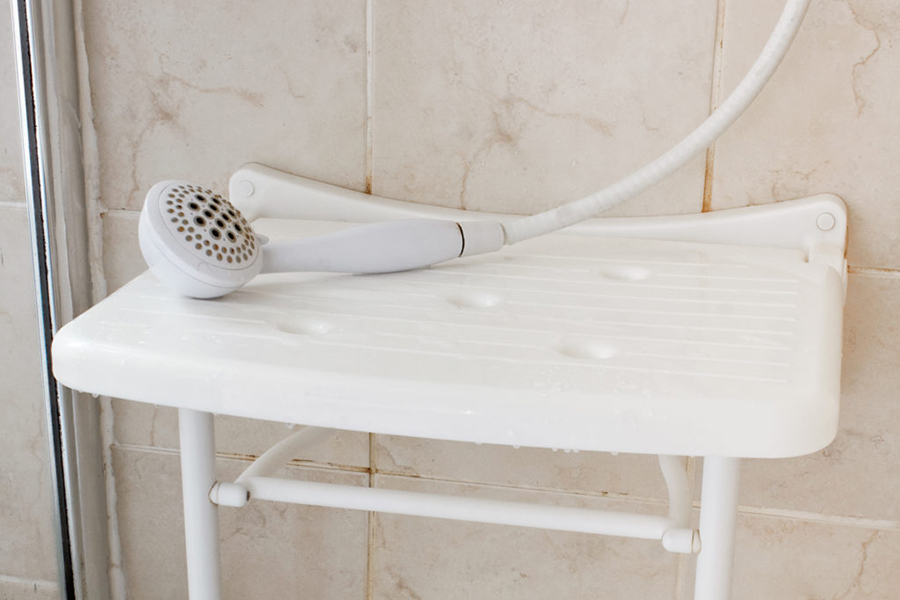


 I have been paralyzed from the waist down since 2013. I’ve been steadily gaining weight since then, and I’m starting to get self-conscious about it, especially since people already stare at me in my wheelchair. What are some exercises, things I can do to help me lose this extra weight?
I have been paralyzed from the waist down since 2013. I’ve been steadily gaining weight since then, and I’m starting to get self-conscious about it, especially since people already stare at me in my wheelchair. What are some exercises, things I can do to help me lose this extra weight?